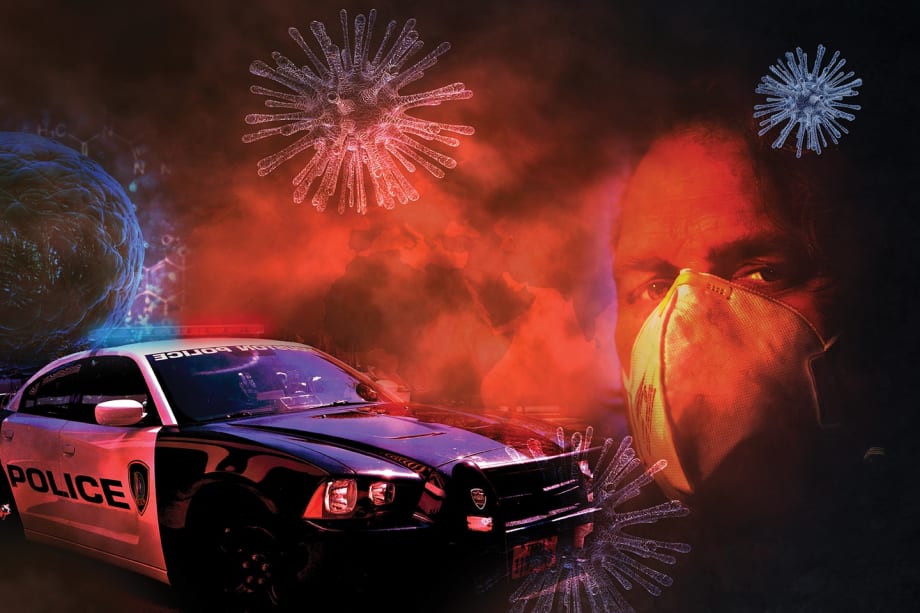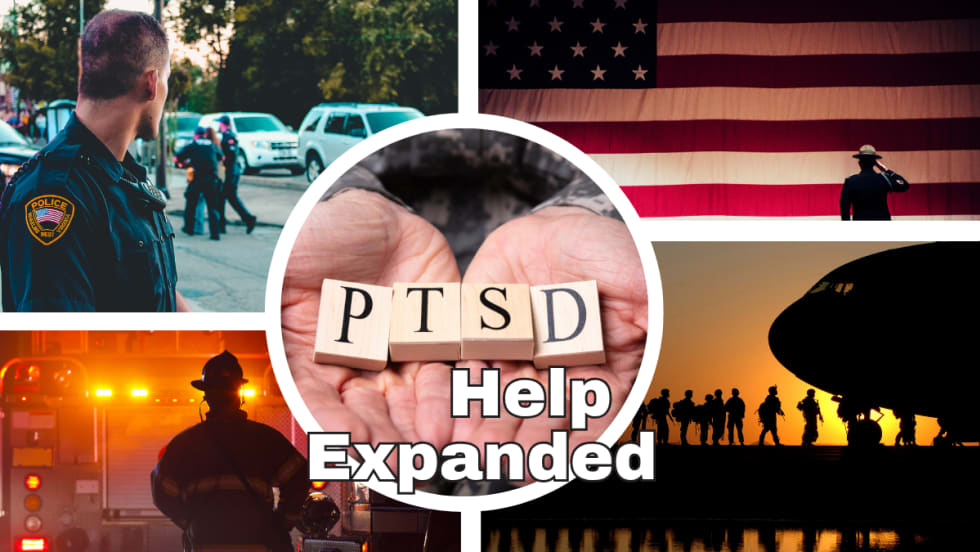With the news full of reports about the novel coronavirus circulating around the globe (or COVID-19, as the disease caused by the virus is now officially known), this seems like the perfect time to think about the threats such viruses pose, especially for law enforcement officers. For some time now the U.S. Department of Justice has been aware of this issue. In fact, its paper "The Role of Law Enforcement in Public Health Emergencies," published more than a decade ago, warned that:
"Public health emergencies pose special challenges for law enforcement, whether the threat is manmade (terrorist attacks) or naturally occurring (e.g., flu pandemics)."












